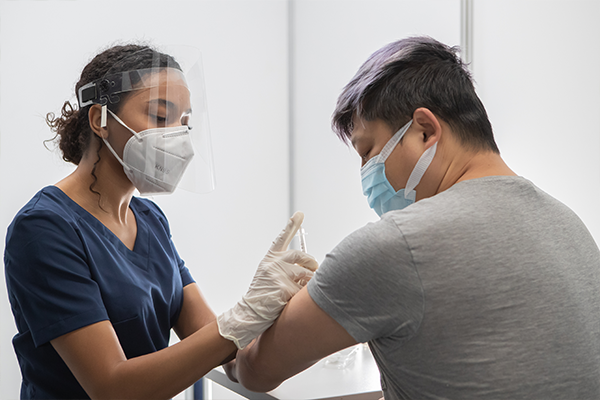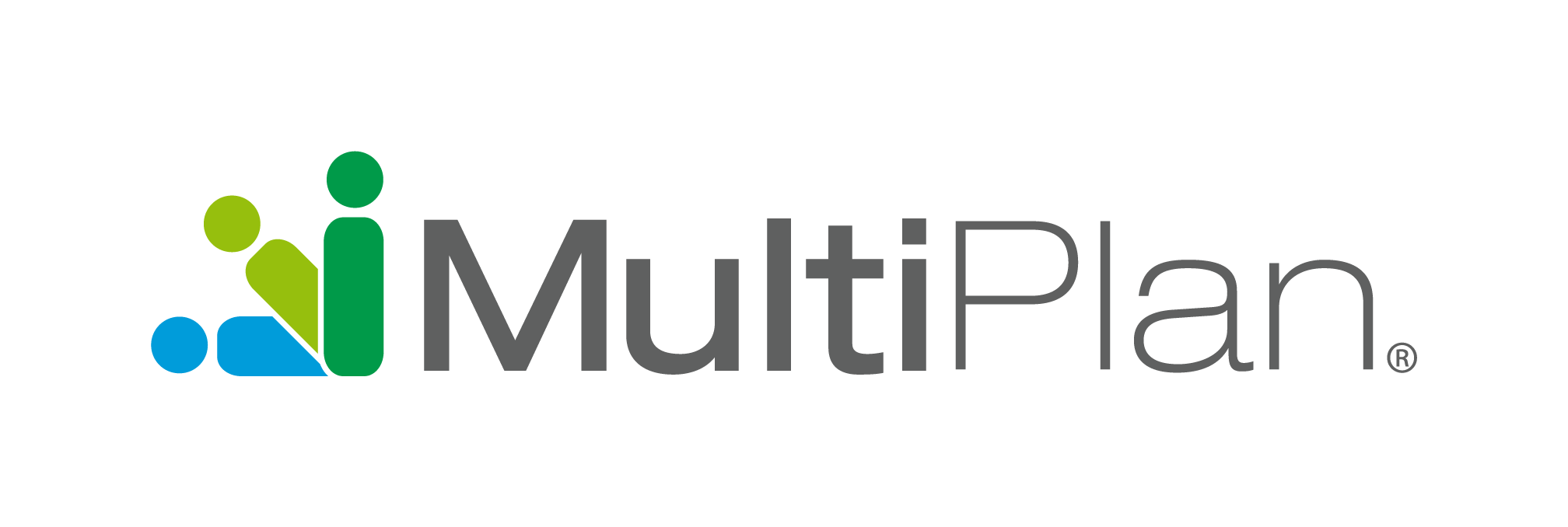Everyone wants a return to normal. But given all we’ve experienced during this pandemic, going back to “business as usual” seems unlikely. Here are four ways COVID-19 has changed the billing landscape and what we can expect for the future.

#1: Telehealth made its mark
A year ago, most people had never used telehealth. Many providers hadn’t met the regulatory or licensing requirements needed to provide this option. The pandemic led to temporary changes that expanded coverage, relaxed regulations and ramped-up reimbursements. As a result, more people got care while remaining safe.
What happened: Patients and providers embraced telehealth
Patients liked the convenience of telehealth. Providers considered telehealth a vital tool in their “doctor’s bag.” Because of this, “we fully expect that telehealth is here to stay,” according to Dr. Evan Pollack, Chief Clinical Officer for payment integrity services at MultiPlan.
What may happen: Clear guidance will strengthen telehealth
Telehealth isn’t meant to replace traditional care. Instead, as Dr. Pollack suggests, “we need to integrate it into the way we take care of patients today.” Providers are looking to federal and state lawmakers, as well as healthcare payors, to help accomplish this. Some emergency orders are now permanent, but barriers still exist. Issues that may impact billing include:
- Licensing: Streamline licensing to make it easier for providers to use telehealth to care for patients across state lines.
- Services: Determine which types of telehealth services will help improve overall healthcare delivery and patient outcomes.
- Reimbursements rates: Determine when and if telehealth reimbursement rates should be the same as in-person rates.
- Utilization: Strike a balance between encouraging provider adoption of telehealth and discouraging patient overuse of it.
Takeaway: Offer guidance
Telehealth is new for many providers, which has led to some inaccuracies in billing. New service codes and rapidly changing regulations have contributed to billing errors. This may continue until permanent telehealth regulations are on the books. In the meantime, healthcare payors can offer providers billing guidance as the telehealth environment continues to evolve.

#2: Acceleration became acceptable
Like a long line to get a COVID-19 test, the pandemic often feels never-ending. But just as this health emergency has illustrated how slow things can go, it has also revealed how fast we can move, if necessary. The best example: Vaccine development and approvals that were put on the fast-track.
What happened: Payors swiftly made providers a priority
Healthcare payors have done their part, too. In an effort to support providers serving on the front lines of the pandemic, payors acted swiftly to accelerate reimbursements and offer advance payments. Going back to normal payment timeframes may not be acceptable for providers, especially those who are struggling. Instead, healthcare payors may need to adapt to the demand for acceleration.
What may happen: Payors will partner with providers
According to Cherise Skeba, Senior Vice President of Payment Integrity Analytics and Client Services at MultiPlan, the best way to meet this need for speed is through partnerships. “In order to make billing easier for a provider, a healthcare plan needs more access to direct healthcare information, allowing them to validate a bill without relying on the provider to be the mediator.” Admittedly, the industry will need to put a lot of thought and resources into this effort.
Takeaway: Tear down silos
Realistically speaking, information sharing between payor and provider may be a long-term goal. That’s why payors should also consider collaborating with all their vendors. Leveraging knowledge across organizations will become a necessity, especially as billing accelerates. For instance, in the area of payment integrity, MultiPlan shares knowledge and works with payors to find solutions that eliminate unnecessary strain on providers, without letting inaccuracies slip through the cracks.

#3: The unknown became the norm
Before the pandemic, we had standard methods for testing, treating and preventing certain viruses. This made billing somewhat predictable. COVID-19 turned everything upside down.
What happened: New situations led to new challenges
The sudden onset and unpredictable nature of the pandemic led to unique billing challenges, such as:
- The appropriate level of care: As ICU beds filled up, many hospitals had to rely on alternative settings to care for patients. Billing for the appropriate level of care became a challenge because the patient wasn’t located where the systems were established.
- Over testing: To meet the demand for testing, labs began to pop up as the virus spread. Some less trusty worthy labs billed for additional tests, such as a full respiratory panel, in addition to the COVID-19 test.
- Vaccine codes: Each vaccine comes with its own vaccine code, as well as a separate administration code for each dose. With new COVID-19 vaccines still rolling out, the list of codes continues to grow.
What may happen: New situations will lead to more innovation
As we understand the virus better, we can anticipate more innovative tests, therapies and vaccines. For instance, the possibility of reliable over-the-counter tests will make it easier for the public to test themselves, while taking the burden off the healthcare system.
Takeaway: Stay alert
Despite all of the “unknowns,” payors haven’t seen much fraud related to COVID-19. However, payors should remain alert. Payment Integrity services, for example, can help by using data to detect current patterns that did not appear before.

#4: A community-spread illness became a workplace hazard
In the last year, delayed care led to less medical spending. Shuttered workplaces and remote workers led to fewer workplace-related claims. That said, the workers’ compensation industry hasn’t been totally focused on billing issues. Instead, they’ve been considering the possible long-term implications of COVID-19 being considered a workplace illness.
What happened: COVID-19 became a presumption
In general, workers’ compensation covers on-the-job injuries, while health insurance covers illnesses. The exceptions are illnesses linked to workplace hazards, such as black lung disease and coal mining. However, many states have passed “presumption” rules that presume COVID-19 is a work-related illness for certain employees, such as healthcare workers, and is, therefore, eligible for coverage under workers’ compensation.
What may happen: Employers will see costly, long-term claims
Laura Moore, Vice President of Property and Casualty Sales and Account Management at MultiPlan, worries about the long-term impact of claims that fall under these presumption rules.
As she points out, “workers’ compensation carriers are responsible for both lost time at work and reimbursement of medical bills, so a compensable claim for COVID-19 may become costly if the employee develops future complications and is unable to work.”
Takeaway: Wait and see
Some worry that expanding presumption rules to include COVID-19 could one day result in similar policies for other community-spread illnesses, such as colds and flu. Because this pandemic is like no other, historical data provides few clues into the future. While the industry remains actively engaged in the situation, no one is sure how this will impact future claims.

